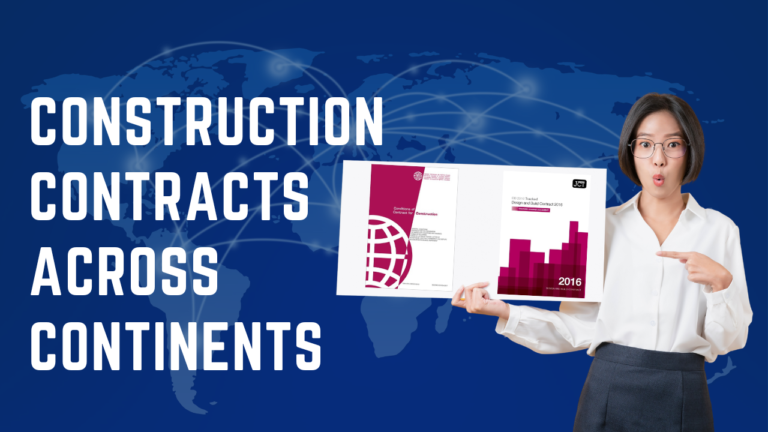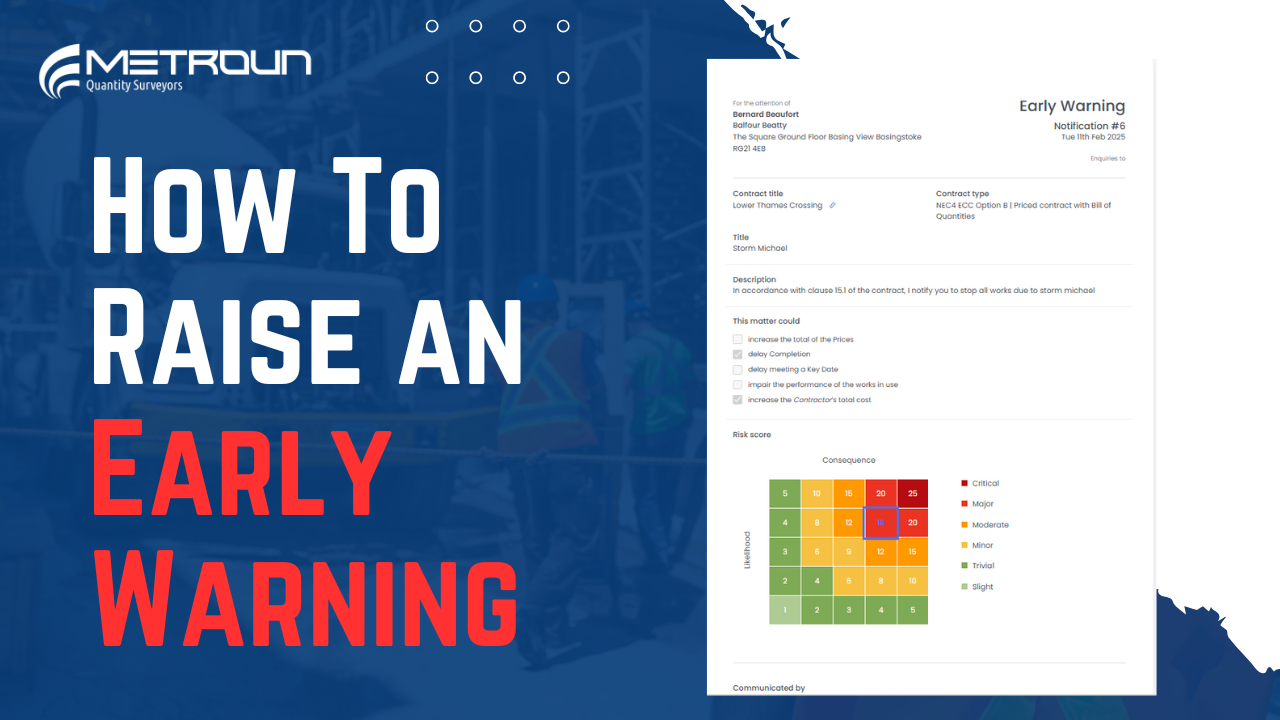The construction industry, with its vast array of projects from skyscrapers to bridges, operates on a foundation of complex contracts. These contracts not only outline the scope, budget, and timeline of projects but also incorporate local laws, customs, and construction practices. Given the diversity of legal systems and market preferences across the globe, construction contracts can vary significantly from one region to another. Here’s a concise guide to some of the most popular construction contracts from each continent, shedding light on the frameworks that shape the global construction landscape.
North America
In the United States, ConsensusDocs stands out for its broad application across a wide range of construction projects. Emphasizing fair practices, these contracts are developed through consensus among industry stakeholders, including contractors, owners, and subcontractors.
Meanwhile, Canada relies on the Canadian Construction Documents Committee (CCDC) Contracts, standard documents that are widely accepted for construction projects across the country, reflecting Canadian law and construction practices.
Europe
In the United Kingdom, the Joint Contracts Tribunal (JCT) Contracts dominate, offering detailed agreements tailored to the UK’s legal system and construction industry norms. These contracts cater to various project types, from large commercial buildings to small residential works.
FIDIC Contracts, with their origin in Switzerland, have a strong presence across Europe, particularly for international projects. Known for their detailed framework accommodating various project types, FIDIC contracts facilitate a clear understanding and management of construction projects across borders.
Asia
In Singapore the Public Sector Standard Conditions of Contract (PSSCOC) are widely used for public sector construction projects, integrating Singapore’s stringent legal and procurement standards.
In Malaysia the Construction Industry Development Board (CIDB) standard contracts are prevalent, tailored to Malaysian construction practices and legal requirements.
And in Japan the Engineering Advancement Association of Japan Model form is preferred by Japanese EPC contractors, especially for process and power plant projects, offering flexibility tailored to these specific project types.
Asia’s construction contract landscape is characterized by a blend of domestic and international forms, with FIDIC contracts also being a common choice for projects involving international financing or parties.
Africa
Africa’s construction industry utilizes a variety of contract forms, reflecting the continent’s legal diversity and the specific needs of its construction sector.
In South Africa the Joint Building Contracts Committee (JBCC) Contracts are among the most used, providing a comprehensive framework for construction projects within the country. They are designed to be fair and balanced, reflecting South African legal practices.
In other African Countries, FIDIC contracts are widely adopted for projects that involve international parties or are financed by international banks. The FIDIC suite is favoured for its international recognition and the clear framework it provides for managing complex projects.
South America
In Brazil, construction contracts often follow the ABNT NBR 15696 standard set by the Brazilian Association of Technical Standards, which outlines norms and standards for construction contracts, reflecting Brazilian legal and construction practices.
Argentina’s construction industry frequently relies on contracts provided by the Argentine Chamber of Construction (CAMARCO), ensuring that contracts are aligned with local requirements and industry standards.
Australia (Oceania)
Australia benefits from Australian Standard Contracts (AS), published by Standards Australia. These contracts are designed to meet the needs of Australian construction projects, offering guidelines and standards that align with Australian law and construction practices.
Antarctica
Antarctica presents a unique case where construction contracts are tailored to specific projects, primarily focused on research. The contracts are governed by the procurement policies of the countries’ research organizations involved, reflecting the continent’s governance and the nature of its projects.
Conclusion
The construction industry’s contractual frameworks reflect the intricacies of local laws, customs, and construction practices. From the consensus-driven approach in the United States to the standardization efforts in Australia, each region has developed contracts that cater to its unique challenges and requirements. Understanding these differences is crucial for industry professionals navigating the global construction landscape, ensuring successful project outcomes across continents.









